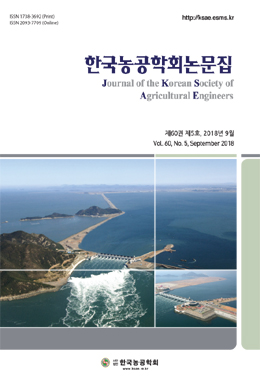The objectives of this study were to develop a system linking hydrologic and water quality models considering the mechanisms of agricultural reservoir and paddy cultivation and to evaluate whether the developed system simulates hydrologic and water quality processes better than a hydrologic model that do not consider the mechanisms. The system consisted of Hydrological Simulation Program-Fortran (HSPF) as a watershed model, Module-based hydrologic Analysis System for Agricultural watersheds (MASA) as reservoir water balance model, and Chemical, Runoff and Erosion from Agricultural Management System-Paddy (CREAMS-PADDY) as a hydrologic and water quality model for paddy fields. This study carried out on the Seolseong-Cheon watershed in Icheon, and the water level and water quality had been monitored for two years at the outlet of the watershed. According to the results of this study, the performance of the simulation using HSPF-MASA-CREAMS-PADDY system was better than others, but they did not show a statistically significant difference. This seemed to be due to the uncertainty of the farming data and the water quality data of the reservoir. Therefore, if accurate input data for the system is obtained, HSPF-MASA-CREAMS-PADDY system could be used to model an agricultural watershed to obtain more realistic results. The results of this study could be utilized to the modeling of agricultural watersheds in Korea where paddy rice cultivation is dominant.




